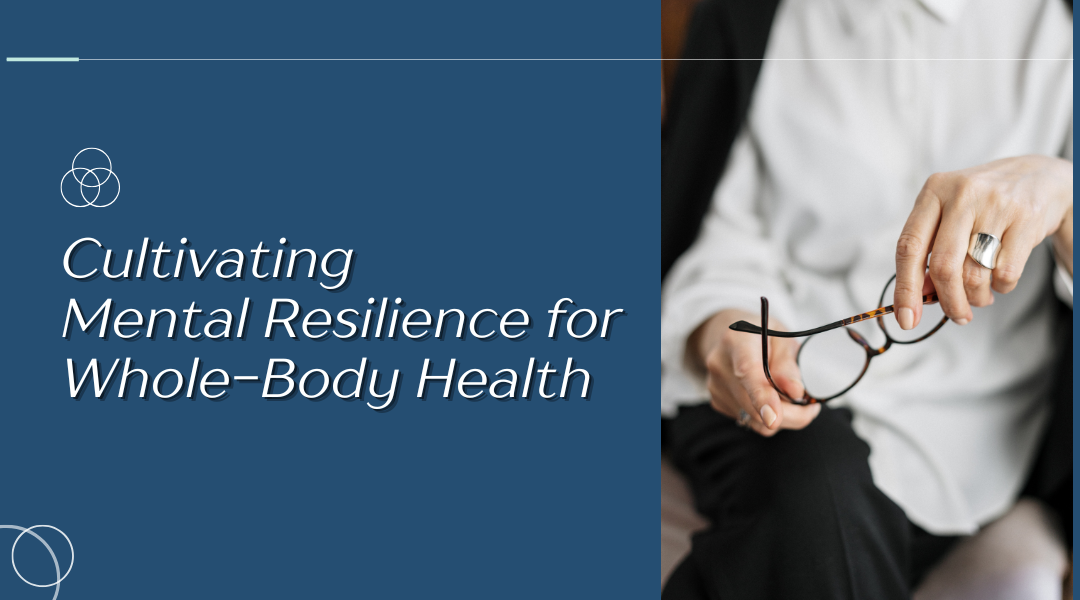In our pursuit of physical health, we often overlook our most powerful asset: a calm and resilient mind. We meticulously track nutrients and exercise, yet we allow our mental and emotional states to run on autopilot, often straight into the ground. The connection between chronic stress and physical illness isn’t just a feeling; it’s a biological reality. When we’re constantly overwhelmed, our bodies are bathed in stress hormones that can, over time, wear down our very cellular defenses. Building mental wellness, therefore, isn’t a luxury—it’s a critical piece of building a body that is fundamentally resistant to disease.
Moving from Reaction to Response: Practical Calm for Modern Life
The goal of stress management isn’t to eliminate stress entirely—that’s impossible. It’s to change our relationship with it, to build a buffer between life’s pressures and our physiological reaction. This turns a frantic, knee-jerk reaction into a chosen, measured response.
- Anchor in the Present: Techniques like mindfulness and deep breathing aren’t about emptying your mind; they’re about training it to anchor in the present moment instead of spiraling into anxieties about the future or regrets about the past. Even 60 seconds of focusing solely on the sensation of your breath can signal your nervous system to stand down from high alert.
- The Mind-Body Conversation: Practices like yoga or Tai Chi are uniquely powerful because they speak the language of the body directly to the mind. The deliberate, gentle movements release physical tension while the required focus interrupts the cycle of stressful thoughts. It’s a two-for-one benefit that quiets both body and mind.
- The Ultimate Reset: Never underestimate the healing power of true rest. Prioritizing 7-8 hours of quality sleep is non-negotiable. This is when your brain performs essential maintenance, processing emotional baggage and recharging your immune system. It’s the foundation upon which every other stress-management technique is built.
Building a Nourishing Mental Environment
Managing acute stress is one thing; cultivating a sustainably healthy mental landscape is another. This is about proactively creating a life that supports your well-being, not just coping with one that drains it.
- Curate Your Inputs: Your mind is like a garden; what you plant will grow. Be ruthless in curating your environment. This means setting boundaries with energy-draining people, limiting doom-scrolling on news feeds, and creating tech-free zones in your home. Protect your mental space as fiercely as you would your physical safety.
- Cultivate Connection and Compassion: Loneliness and self-criticism are toxic to well-being. Actively nurture positive relationships—a weekly phone call with a friend, joining a book club, or simply sharing a meal without distractions. Equally important is practicing self-compassion. Talk to yourself with the same kindness you’d offer a dear friend facing a challenge.
- Engage Your Creative Spirit: Joy is a potent antidote to stress. Make time for activities that have no purpose other than the pleasure they bring—whether it’s getting your hands dirty in the garden, losing yourself in a novel, or trying a new recipe. These acts of creative engagement are a profound declaration that your well-being matters.
Knowing When to Seek a Guide
There is immense strength in recognizing when you need support. Just as you would see a doctor for a persistent physical pain, seeking the guidance of a therapist or counselor for overwhelming anxiety, grief, or depression is a proactive step toward health. A professional can provide you with tailored tools and perspectives to navigate challenges you weren’t meant to face alone.
The Takeaway: Wellness as an Inside Job
Ultimately, mental wellness is the bedrock of physical health. A calm mind supports a robust immune system, balanced hormones, and healthy inflammation levels. By consciously managing stress and cultivating mental resilience, you are not just improving your day-to-day mood; you are actively participating in creating a physiological environment that is resilient, balanced, and far less hospitable to disease. It’s the ultimate act of preventative care, forged from the inside out.
